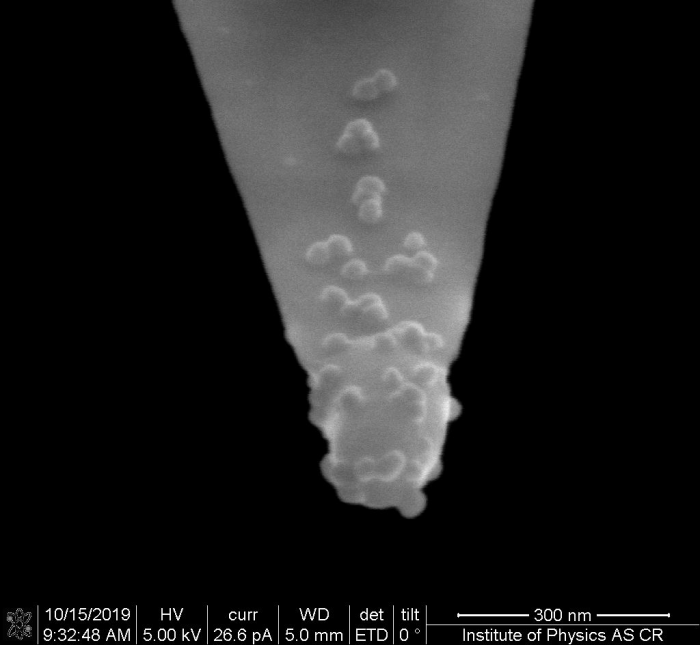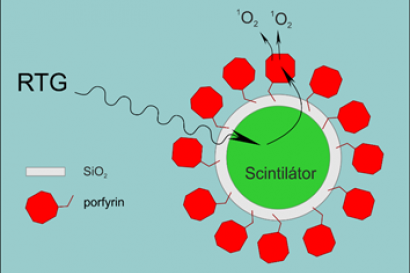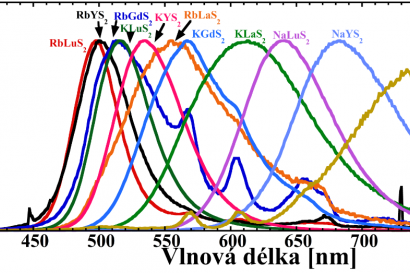We prepare variety of dielectric (mainly ferroelectric, multiferroic and piezoelectric) materials in forms of ceramics, (nano)powders, nanoparticles, nanosuspensions, films, (nano)composites and single crystals. The techniques used are solid state synthesis (possibly using mechanochemical activation), hydrothermal and solvothermal synthesis, sol-gel technique, combined sol-gel-solvothermal synthesis and crystal growth from solution.
The ceramics are prepared by uniaxial pressing followed by pressureless sintering. We can modify the properties of powders and ceramics by annealing in various gases as oxygen, argon, argon-hydrogen, and pure hydrogen. Thin films are deposited by hydrothermal technique and spin coating. Soft chemistry technology has been used for filling nanoporous materials with ferroelectrics.
Examples of prepared materials are: multiferroic EuTiO3, Eu0.5Ba0.5TiO3, Eu0.5Ba0.25Sr0.25TiO3, CaMn7O12 and SrMn7O12 in the form of powders and ceramics, ferroelectric BaTiO3 nanoparticles for doping liquid crystals, biocompatible ferroelectric BaTiO3 films deposited on Ti and TiNb substrates (with perspective application for electrically active bone implants – grant of Czech Science foundation 20-01570S), series of relaxor ferroelectric SrxBa1-xNb2O6 with various Sr/Ba ratio, multiferroic lacunar spinels GaV4S8 (powder and ceramics) and GaV4Se8 (powder) possessing skyrmion phase. We optimize the solid-state synthesis of multiferroic BaCuF4.Some samples for spectroscopic measurements are prepared by etching an thinning.
Gold nanoparticles are prepared by the reduction of HAuCl4, we test the deposition of these nanoparticles on AFM tips for the use in tip enhanced Raman spectroscopy (TERS). Crystal growth from solution has been used for the system of PbCa2(propionate)6, SrCa2(propionate)6 and BaCa2(propionate)6 as well as for the related substituted compounds by Mg (skyrmion investigation), single crystals of (NH4)3H(SeO4)2 and (NH4)3H(SO4)2 for diffuse scattering experiments.






